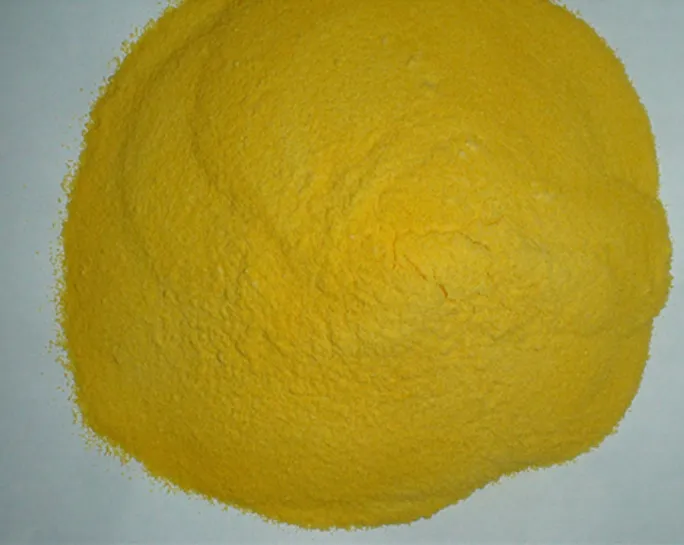Chloromethyl Isothiazolinone and Its Applications in Modern Chemical Formulations
Chloromethyl Isothiazolinone An Overview
Chloromethyl isothiazolinone (CMI) is a synthetic organic compound that has gained significant attention in various industries due to its powerful biocidal properties. As a member of the isothiazolinone family, this compound is primarily used as a preservative and antimicrobial agent in a variety of applications, including cosmetics, personal care products, and industrial formulations. This article aims to provide an overview of chloromethyl isothiazolinone, its uses, potential health effects, and regulatory status.
Chemical Structure and Properties
Chloromethyl isothiazolinone, a derivative of isothiazolone, features a unique structure characterized by a five-member ring containing both a nitrogen and sulfur atom. This structure is central to its effectiveness as a biocide, as it can disrupt cellular processes in microorganisms, leading to cell death. The compound is typically used in conjunction with another isothiazolinone, methylisothiazolinone (MIT), to enhance its efficacy and broaden its antimicrobial spectrum.
Applications
One of the most common applications of chloromethyl isothiazolinone is in the cosmetics and personal care industry
. It serves as a preservative in products such as shampoos, conditioners, lotions, and creams. Its ability to prevent the growth of bacteria, mold, and yeast prolongs the shelf life of these products and maintains their safety for consumer use.Besides cosmetics, CMI is also utilized in industrial applications, including paints, coatings, and adhesives. Its biocidal properties help to protect these products from microbial contamination, which could otherwise lead to degradation, unpleasant odors, or compromised performance.
Health Effects and Concerns
chloromethyl isothiazolinone

Despite its effectiveness as a preservative, chloromethyl isothiazolinone has raised health concerns, particularly regarding its potential allergenic and sensitizing effects. Prolonged exposure or use of products containing CMI can lead to skin irritation, rashes, and allergic reactions in sensitive individuals. This has prompted increased scrutiny from regulatory agencies and consumer advocacy groups.
Recent studies have indicated that CMI possesses a higher sensitization potential than previously thought. As a result, many countries have implemented stricter regulations surrounding its use, particularly in leave-on cosmetics. The European Union, for instance, has proposed limiting the maximum allowable concentration of CMI in cosmetic products to mitigate risks associated with consumer exposure.
Regulatory Status
The regulatory landscape for chloromethyl isothiazolinone is evolving, reflecting growing concerns over its safety. In the European Union, CMI is classified as a biocide and is subject to the Biocidal Products Regulation (BPR). Manufacturers must provide sufficient evidence of safety and efficacy before marketing products containing this compound. Additionally, the European Commission has included CMI in the list of substances proposed for restriction under the Registration, Evaluation, Authorisation, and Restriction of Chemicals (REACH) regulation.
Similarly, in the United States, the Environmental Protection Agency (EPA) monitors the use of CMI in various applications, ensuring that products meet safety standards to protect human health and the environment.
Conclusion
Chloromethyl isothiazolinone remains a widely used preservative and antimicrobial agent in various industries, primarily due to its effectiveness. However, concerns regarding its potential health effects have led to increased regulation and scrutiny. As manufacturers continue to seek safer alternatives, the future of CMI may be influenced by ongoing research and consumer demand for safer, more natural products. Balancing efficacy with safety will be crucial in determining the role of chloromethyl isothiazolinone in the market moving forward.
-
Pbtc Scale InhibitorPBTC: A Scale Protector for Industrial Water TreatmentNewsAug.05,2025
-
Organic Phosphonate: An Efficient Defender in the Field of Scale InhibitionNewsAug.05,2025
-
Hydrolyzed Polymaleic Anhydride: Green Pioneer in Scale Inhibition FieldNewsAug.05,2025
-
PAPEMP Polyamino Polyether Methylene Phosphonic Acid For SaleNewsAug.05,2025
-
Flocculant Water Treatment: A Pioneer in Purification in the Field of Water TreatmentNewsAug.05,2025
-
Benzyl Isothiazolinone: An Efficient and Broad-Spectrum Antibacterial Protective GuardNewsAug.05,2025





